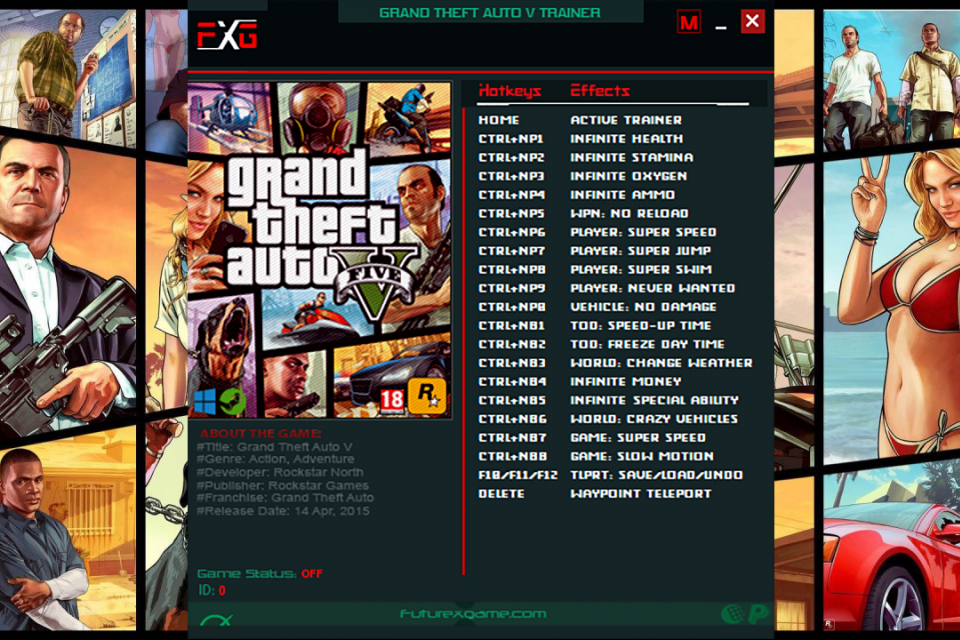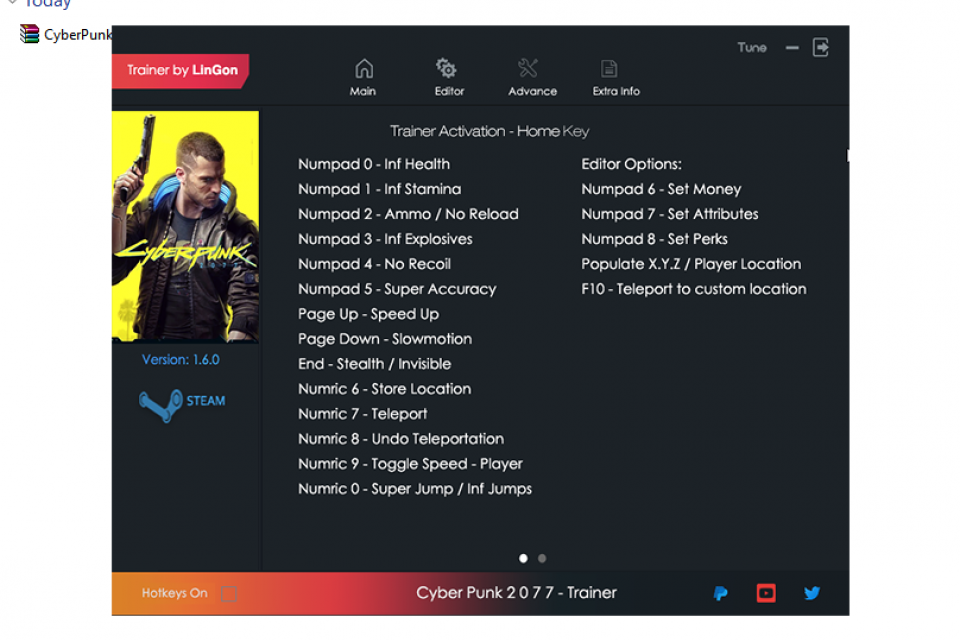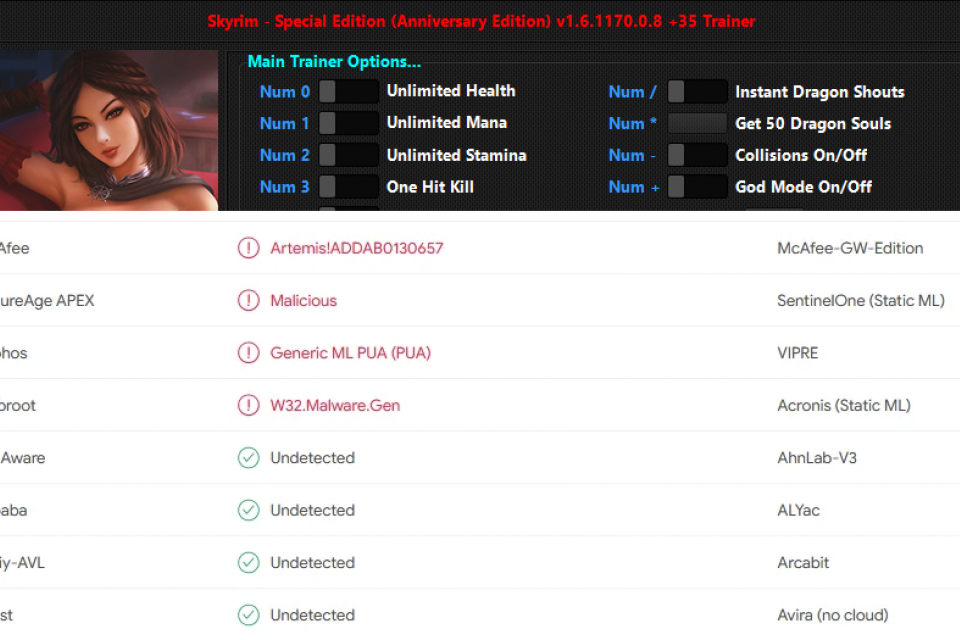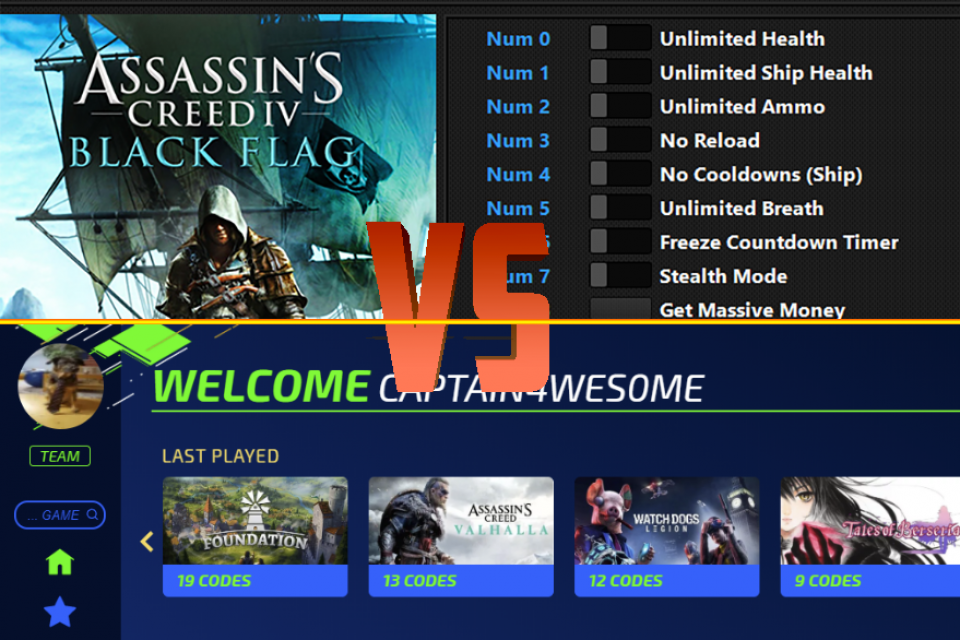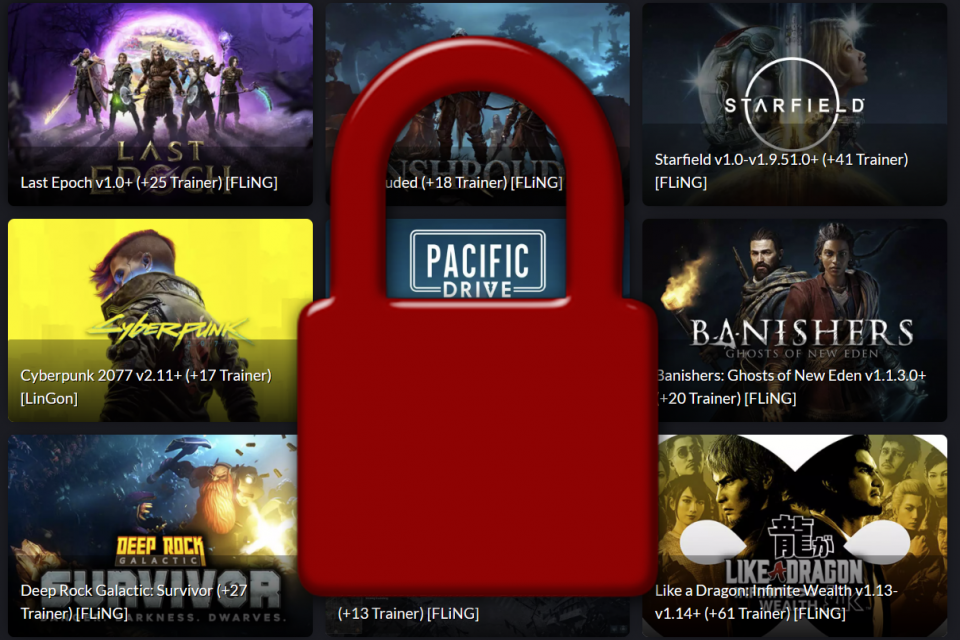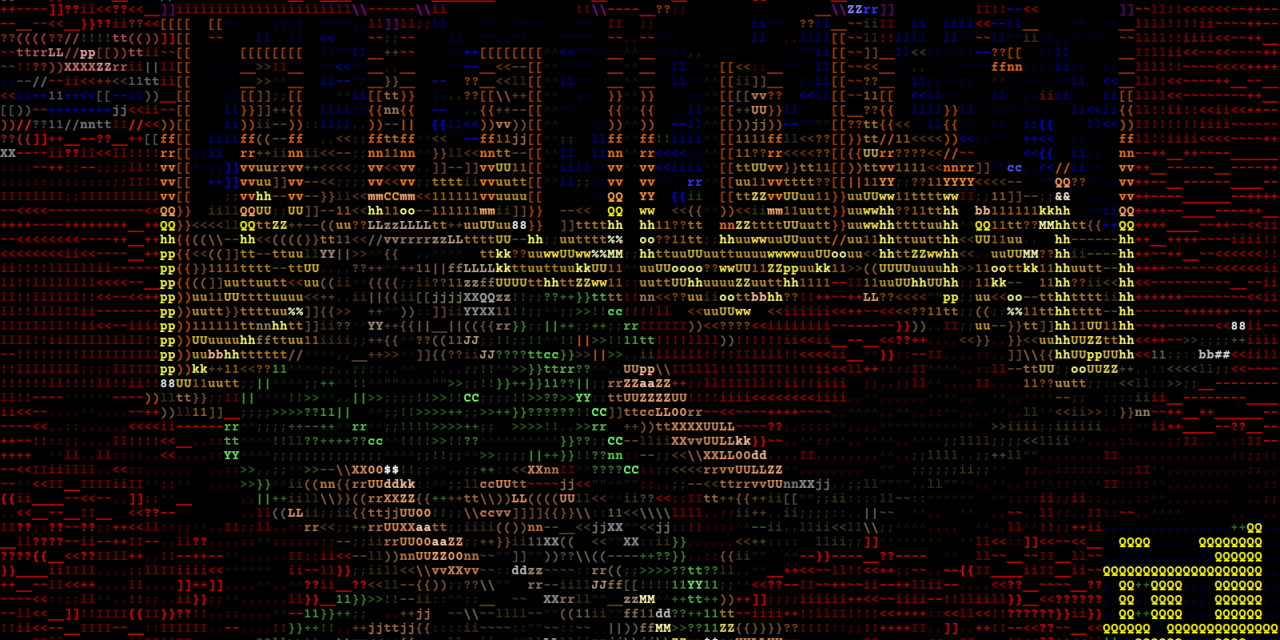
Game hacking, a hobby for some and a serious pursuit for others, has evolved alongside the video games it targets, turning into a complex interplay of creativity, skill, and, sometimes, controversy.
Let's start at the beginning: the early days of gaming. In the 1980s, games like "Pac-Man" and "Space Invaders" captivated players, and some of the more curious ones began tinkering. They poked around to figure out how these games worked, often modifying them to gain advantages or simply to see what would happen. This was the era when people realized that the data and code that made up these games could be altered, leading to the birth of game hacking.
As video games moved from arcades to personal computers, the hacking scene grew more sophisticated. By the 1990s, with the rise of PC gaming, tools designed specifically to alter game data and gameplay became widespread. This was not just about having fun; it was also about mastering the technology behind the games. Remember "Doom"? Its release as one of the first mod-friendly games opened the gates for countless modifications and hacks, with players creating their own levels, weapons and cheats.
The Demoscene
The Demoscene, commonly known as "The Scene," is a dynamic computer subculture that emerged in the 1980s and has been pivotal to the evolution of game hacking. Originating during the early days of personal computing, it consists of artists, musicians, coders, and designers dedicated to crafting artistic audio-visual presentations called "demos." These demos, non-interactive multimedia displays executed in real-time on computers, highlight the creators' expertise in programming, graphics, and music. Arguably, the Demoscene was the most important development in the realm of game hacking, profoundly influencing the techniques and aesthetics of this vibrant hacking community.
Emerging as an offshoot from the practice of software cracking, where individuals would add visually striking intro screens to software as a signature, these intros soon evolved into more elaborate and complex visual displays, eventually maturing into standalone artistic works. Members of the Demoscene compete at events sometimes reffered to as "demo parties," where they present their work in various competitive categories. These events serve not only as competitions but also as social gatherings that promote community interaction, knowledge sharing, and collaboration among enthusiasts.
The Demoscene's influence extends into various categories of game hacking, serving as a creative and technical foundation for many practices within the gaming industry. Its origins in software modification laid the groundwork for game hacking, where the skills in coding and graphics developed within The Scene translated into the ability to alter and enhance video games. The technical prowess required to develop game trainers—tools that modify a game's behavior for enhanced player advantages—can trace its roots back to the programming challenges tackled by demosceners. The knack for bypassing software limitations seen in game fixes or cracks also draws from the intricate coding skills honed within The Scene. This culture of innovation and boundary-pushing in The Demoscene has not only influenced the technical aspects of game hacking but also fostered a community keen on expanding the possibilities of video gaming beyond its intended constraints.
Game Trainers
Game trainers are specialized applications that manipulate the memory and behavior of video games to allow players to activate cheats or enhancements while playing. These cheats could range from simple things like unlimited lives, invulnerability, or infinite ammo to more complex alterations that could unlock hidden features or content within the game.
The development of game trainers has its roots in the early days of PC gaming, where hobbyist programmers would dissect game code to understand how various elements were controlled. These early explorations laid the groundwork for more sophisticated trainers that could interact with a game's memory in real-time.
MegaGames.com played a crucial role in the popularization of game trainers by providing the first centralized platform for distributing these tools. By the late 1990s, what was once a niche hacking activity became far more mainstream, thanks in large part to the website’s efforts. This accessibility not only democratized the use of game trainers but also contributed to a broader acceptance and normalization of modifying game experiences for personal enjoyment.
The development of all-in-one game trainer platforms like PLITCH has further enhanced the way gamers interact with game trainers. All-in-one game trainer platforms offers a comprehensive and user-friendly interface that provides access to cheats for thousands of games, all centralized within one application. This approach simplifies the process of activating cheats, making it accessible even to those who might not be tech-savvy. However, it's important to note that full access to all features of these platforms requires a paid subscription.
The evolution of game trainers reflects broader trends in gaming culture, where players seek not only to consume content but also to interact with and alter it to fit their preferences and play styles. This has led to ongoing discussions about the ethics of game modification, especially in multiplayer environments where the impact extends beyond a single player's experience.
Game Mods
Game mods, or modifications, are alterations made by players or fans to video games that can change how they look, feel, and function. These modifications range from simple tweaks that might alter graphics or textures to comprehensive overhauls that can transform the game's mechanics or create entirely new content and storylines.
The culture of modding has its roots deeply embedded in the early days of gaming, but it was the release of games like "Doom" in the 1990s that truly catalyzed the modding scene. Developers of "Doom" released the source code for the game, inviting players to tweak and build upon the existing framework. This open invitation led to the creation of thousands of mods, which kept the game fresh and engaging long after its initial release.
As gaming technology advanced, so did the tools for modding. Games like "The Elder Scrolls V: Skyrim" and "Minecraft" are renowned for their vibrant modding communities. "Skyrim," for instance, has a plethora of mods that can alter nearly every aspect of the game—from the environment and sound to characters and narratives. These mods not only enhance the player experience but also encourage a deep, creative engagement with the game.
Platforms such as Steam Workshop and NexusMods have streamlined the modding process by providing centralized locations where users can upload, download, and discuss mods. This accessibility has transformed modding from a niche hobby practiced by a few tech-savvy individuals to a widespread phenomenon that is an integral part of the gaming industry. Indeed, some mods have become so popular and well-crafted that they have led to commercial releases or hiring by major game studios, illustrating the potential of modding as a pathway to professional development in game design.
It is important to note that game mods and game trainers are both tools that alter the gaming experience, but they serve different purposes and work in distinct ways. Game mods are modifications made directly to the game's files or through added content, fundamentally changing elements of the game, such as graphics, gameplay mechanics, or adding entirely new characters or storylines. These changes are usually designed to enhance the overall game experience or offer new ways to play and are often created with the intention of being a permanent alteration to the game environment.
On the other hand, game trainers are applications that run alongside the game, temporarily modifying the game's memory to activate cheats or tweaks like unlimited health, ammo, or lives while the game is running. These changes are not permanent and cease to affect the game once it is closed, making trainers more about altering player capabilities rather than changing the game itself.
In essence, while mods aim to enhance or transform the game permanently by modifying its content and mechanics, trainers focus on temporarily providing players with advantages or changes in gameplay dynamics without altering the core game files.
Game mods reflect a unique collaboration between the game's original developers and its community. Some developers now design games with modding in mind, providing tools and documentation that help modders create content that feels seamless and integrated. This symbiotic relationship can extend a game’s lifespan and relevance, creating a dynamic ecosystem where developers and players continually inspire and influence each other’s work.
Game Fixes or Cracks
The history of game fixes or cracks is as old as the software industry itself, tracing back to the early days of personal computing. These practices have evolved over the decades, shaped by the ongoing tug-of-war between software developers and the hacker communities. Let’s dive into how this intricate dance began and has transformed over the years.
In the 1980s, as video games began to proliferate on home computers, so too did software protection mechanisms. Developers used simple methods like requiring users to input a word from the manual or using physical dongles that needed to be present in the computer to run the software. This was the era of "copy protection," aimed at preventing users from making and distributing copies of software, including games.
Responding to these measures, individuals primarily from the Demoscene began to develop "cracks." These were modifications to the software that bypassed copyright protections, often distributed through underground online bulletin board systems (BBS). The crackers, as they came to be known, were not just pirates looking to steal; many viewed themselves as challengers to perceived overreaching copyright laws and proponents of information freedom.
The 1990s saw the maturation of the cracking scene as part of wider subcultures like the demo scene, where highly skilled programmers showcased their abilities to manipulate software. Cracking groups such as Razor 1911, Fairlight, RELOADED, and SKIDROW gained notoriety for their technical prowess and speed in breaking newly released games. These groups competed fiercely, racing to release cracks for the latest games and building reputations within the community.
During this period, the methods of protection and cracking grew increasingly sophisticated. Developers began employing more complex DRM systems, and in response, crackers developed advanced techniques to disable these protections. The introduction of the internet also changed the dynamics, as cracks could now be distributed globally within minutes of a game’s release.
The new millennium brought new challenges and developments. Game companies began to invest heavily in advanced DRM technologies like Denuvo, which promised to protect games from piracy for longer periods. However, groups like 3DM and CPY eventually found ways to bypass even the most robust protections, albeit after increasingly longer periods post-release.
The legal landscape also evolved, with companies taking more aggressive stances against cracking through litigation and public relations campaigns. At the same time, the ethical debate around cracking continued, with many advocating for the preservation of games, especially those no longer commercially available or dependent on defunct DRM servers.
Game Emulators & ROM’s
Game emulators are software programs that allow one computer system to imitate another, enabling modern hardware to run software designed for earlier systems. This technology has been pivotal in preserving the heritage of video gaming, allowing classic games to remain accessible and playable on new platforms. Alongside emulators, ROMs (Read-Only Memory files) which contain copies of game data extracted from the original hardware, are essential for the emulation experience.
The development of emulators and the distribution of ROMs have often walked a fine line between legal constraints and the enthusiasm for retro gaming. Emulators themselves are generally legal, promoting not only nostalgia but also accessibility to games that might otherwise become extinct due to the obsolescence of their original platforms. However, the legality of ROMs can be contentious, as they are essentially copies of copyrighted games, unless they are obtained in compliance with copyright laws.
Despite these challenges, the community around emulators and ROMs thrives, driven by a collective commitment to game preservation and the enjoyment of experiencing classic games on contemporary hardware. This movement ensures that even the oldest games continue to engage new generations of players, preserving the spirit and challenge of classic gaming in the digital age.
Modchips
Modchips physically alter the hardware of gaming consoles to bypass manufacturer restrictions, opening up a host of new functionalities for console owners. These tiny chips are soldered onto a console's motherboard and work by modifying the system's firmware or overriding its boot process. This allows the console to run homebrew applications, play games from different regions (region unlocking), and support unlicensed or backup copies of games.
First appearing in the mid-1990s with the rise of consoles like the Sony PlayStation, modchips addressed the gamer's desire for more open hardware. This was a time when consoles were tightly controlled ecosystems, and the ability to modify a console with a modchip was both a technical challenge and a form of rebellion against corporate constraints.
The legal implications of modchips have been a hot topic, often leading to court cases and legal battles that test the boundaries of copyright and modification rights. Manufacturers argue that modchips facilitate piracy and violate their software's copyright protections, while proponents claim they are exercising their right to modify hardware they own.
Game hacking reflects the evolution of gaming itself—from simple, innocent beginnings to complex systems reflecting broader social interactions and ethical dilemmas. As games continue to evolve, so too will the ways in which players seek to stretch their boundaries. Will hacking always be a part of gaming culture? Only time will tell, but its roots are deep, showing that the desire to push limits is just as human as the games we play.

